You haven’t heard of Peru’s highlands: here are 5 reasons you need to

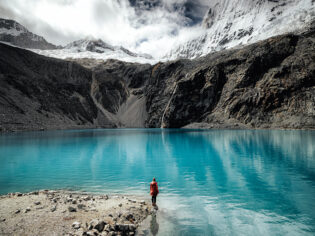
Step into a world of glaciers, myths and mountain lakes in Ancash. (Image: Emilie Ristevski)
| THIS ARTICLE WAS CREATED IN PARTNERSHIP WITH Peru |
From sky-mirrored lakes to towering mountains and myriad wildlife, Ancash has haunting beauty in every layer.
Ask most people what they know about Peru, and two answers come to mind: Machu Picchu and the Inca Trail. Maybe the Amazon, if there’s time up the sleeve. It’s a stunning list, but one that frog-leaps over thousands of years of Peruvian history.
Take the one-hour flight from Lima to the Ancash Highlands, where, between the Cordillera Negra and Cordillera Blanca, the centuries come roaring back to life. It’s here that the pre-Hispanic empires of Chavín and Wari reigned. The stars above the cities tell ancient Quechuan myths, and glaciers melt and freeze again, feeding mountain-high lakes, year after year.
So let others rush past. In Ancash, time will hold still for you.
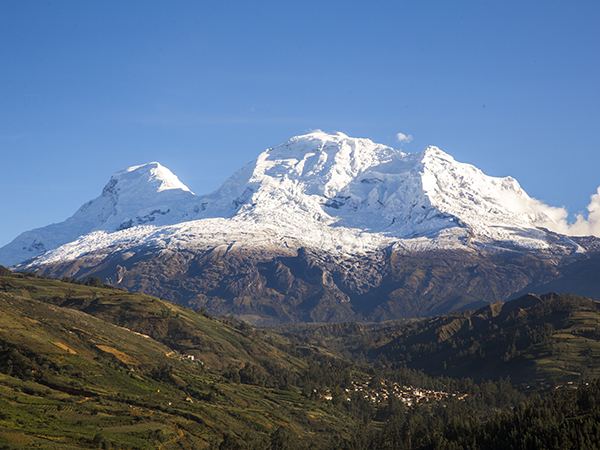
Discover the untouched splendour of Ancash. (Image: Dickens Rondán/ PromPerú)
1. Nevado Huascarán
Alpine landscapes aren’t what you expect when you hear the word ‘tropics’ – but that’s exactly what you’ll get at Nevado Huascarán, the highest mountain in Peru. Scaling the tropical mountain range of Cordillera Blanca to get here is the stuff of dreams for die-hard climbers who are after glacier climbing and high-altitude thrills.
Even so, you don’t need to reach the summit for jaw-dropping views. In Huascarán National Park, you can see glaciers, alpine valleys and Andean highlands even from the valley floor. Keep your eyes upwards for the enormous wings of the Andean condor, catching the wind, or look down for Paddington Bear. What’s he doing so far from Central London? The beloved character is based on the rare Peruvian spectacled bear that calls these mountains home.
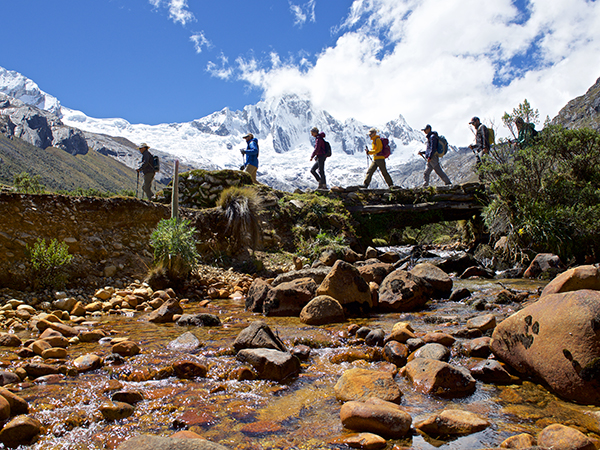
Explore Huascarán National Park for glaciers. (Image: Juan Vallejo/ PromPerú)
2. Laguna 69
Climb to 4600 metres for the dollop of pure turquoise that is Laguna 69. The beauty of the mineral-rich glacial melt is pushed to the max by snow-capped peaks and waterfalls icy enough to freeze your heart, a lure for hikers clutching cameras from around the globe. It’s no stroll in the park to get here, though; the challenging 13-kilometre round-trip hike from the Cebolla Pampa trailhead takes around six hours. But there’s a big payoff: crazy-good views.
Make your way here through Andean wildflower meadows, across páramo moors and grasslands, and into alpine valleys beneath the glaciers of Nevado Chacraraju. Alternatively, hire a guide and tramp along to tales of Andean myths and the apukuna mountain spirits of Quechua cosmology.
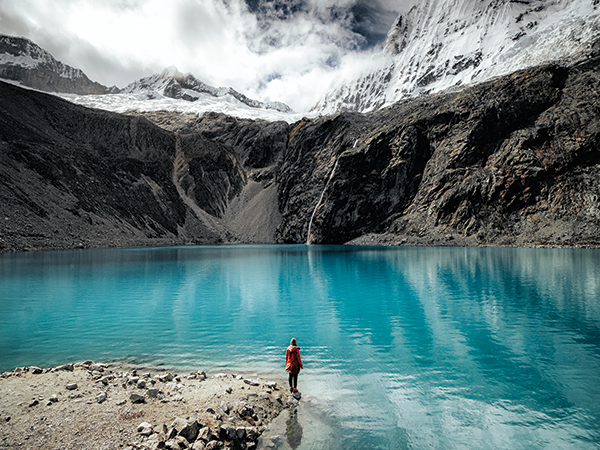
Take on the 13-km trek to Laguna 69 for jaw-dropping alpine scenery. (Image: Emilie Ristevski)
3. Huaraz stargazing
When it comes to stargazing in South America, there’s a new (all right, very, very old) player in town: the night skies around Huaraz, the Ancash capital.
A super-high elevation of 3000 metres, thin mountain air and minimal light pollution are a match made for the heavens. The result? Some of the clearest skies in Peru, where constellations, planets and shooting stars are visible even without binoculars. Quechua and Inca storytelling have a role too, told through Andean constellations like the Yacana (llama), Atoq (fox) and Kantur (condor). It’s enough to make you swear off daylight forever.
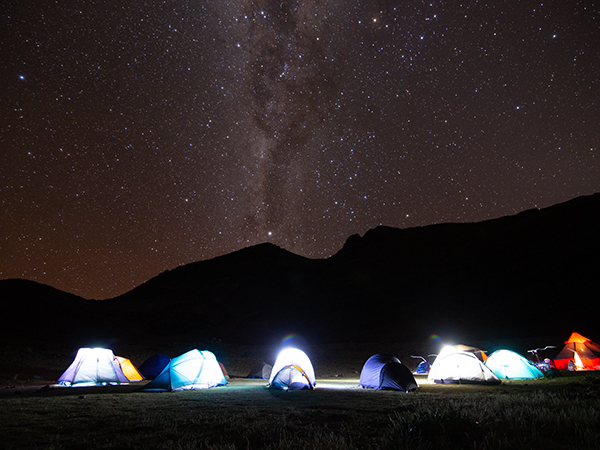
Gaze at star-studded skies in Huaraz. (Image: Dickens Rondán/ PromPerú)
4. Chavín de Huántar
A snarling, fanged granite deity and eerie sounds in the dark; the stone temple complex of Chavín de Huántar isn’t one for the faint-hearted. These remains of the Chavín culture – among the oldest major archaeological sites in Peru – date back to 1200 BCE. That’s over 2600 years before the Incan Empire.
Historians believe Chavín de Huántar was a pan-Andean pilgrimage site, its carvings of snakes, jaguars and eagles bridging the mystic and real worlds. You might feel a woozy wander of the mind here, and that’s no accident – the damp underground galleries and maze-like tunnels were designed so sound and water create sensory effects and alter the mind.
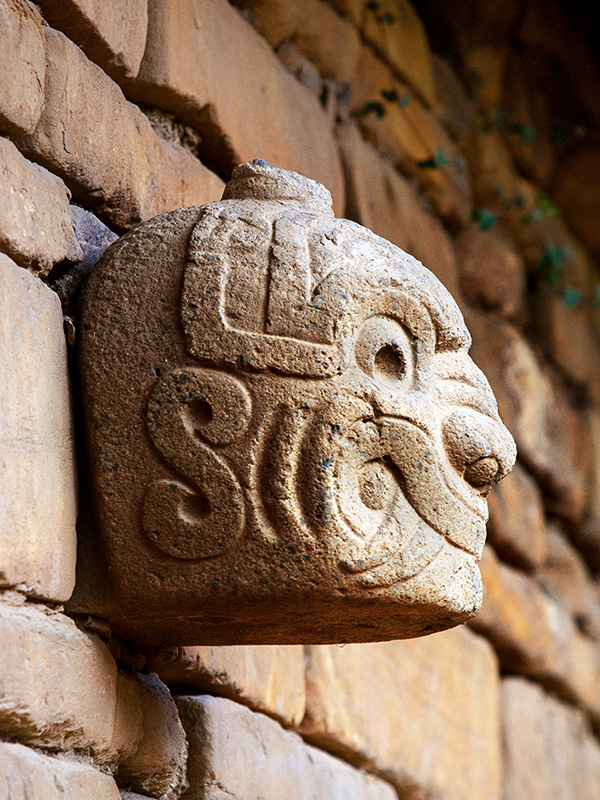
Explore remains of the Chavín culture. (Image: Daniel Silva/ PromPerú)
5. Wildlife in Huascarán National Park
Besides the aforementioned condor and bears, there are many animals to look out for in the world’s richest high-altitude ecosystem. Dainty, wild golden-coated vicuñas strut the puna grasslands near glacial lakes, while giant hummingbirds dart in the scrubland in a flash of metallic sheen (they’re hard to spot, but you may get lucky). The fox-like culpeo raises puppies in rock hollows, and Andean flicker birds forage in the earth.
If you want to max out the beauty factor, spring’s the word – that and the early dry season, when flowering shrubs explode across the park.

Share the trails with llamas. (Image: Daniel Silva/ PromPerú)
Discover more and start planning your trip to Peru’s highlands at peru.travel.

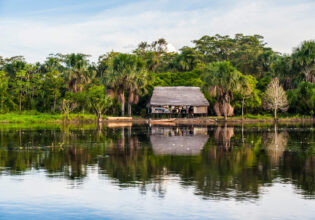
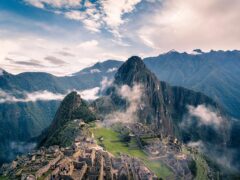
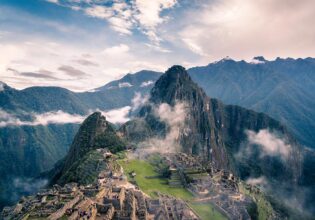
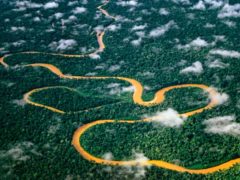
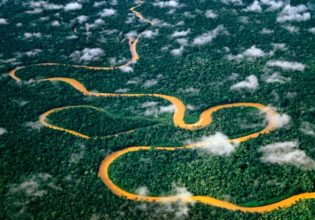
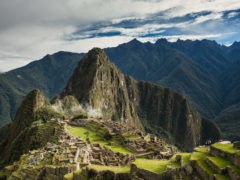

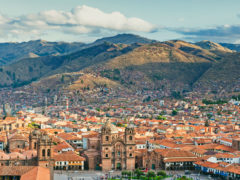
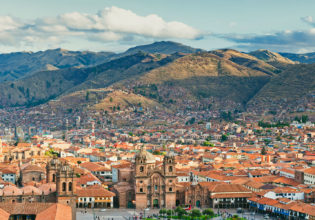
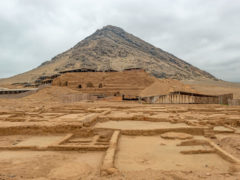
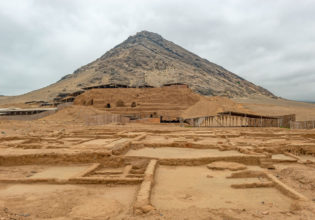


LEAVE YOUR COMMENT